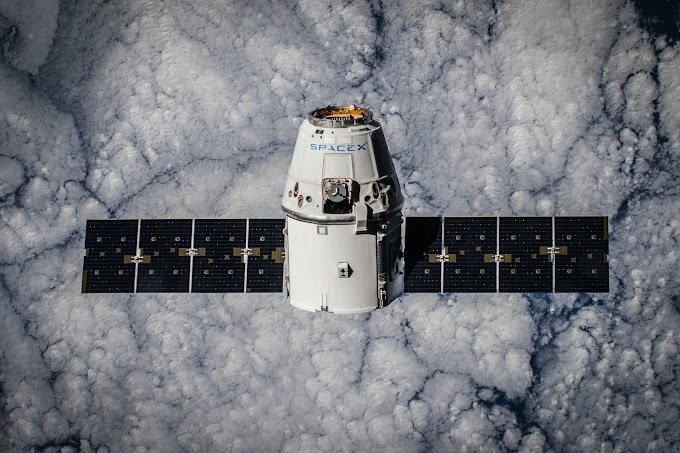What is a black hole?
A black hole is a place in space where gravity pulls such a lot that even light can't get out. The gravity is so strong because matter has been squeezed into a small space. This can happen when a star is dying.
Because no light can get out, people can't see black holes. They are invisible. Space telescopes with special tools can help find black holes. The special tools can see how stars that are very near to black holes act differently than other stars.
How black holes are formed?
Scientists think the tiniest black holes formed when the universe began.
Stellar black holes are made when the center of a really big star falls in upon itself or collapses. When this happens, it causes a supernova. A supernova is an exploding star that blasts a part of the star into space.
Scientists think supermassive black holes were made at a similar time as the galaxy they're in.
If Black Holes Are "Black," How Do Scientists Know they're There?
A black hole can not be seen because strong gravity pulls all of the light into the middle of the black hole. But scientists can see how the strong gravity affects the stars and gas around the black hole. Scientists can study stars to search out if they're flying around, or orbiting, a black hole.
When a black hole and a star are close, high-energy light is formed. This kind of light can't be seen with human eyes. Scientists use satellites and telescopes in space to visualize high-energy light.
How Big Are Black Holes?
Black holes can be big or small. Scientists think the tiniest black holes are as small as only one atom. These black holes are very tiny but have the mass of an oversized mountain. Mass is the amount of matter, or "stuff," in an object.
Another kind of black hole is named "stellar." Its mass is often up to twenty times over the mass of the sun. There could also be many, many stellar-mass black holes in Earth's galaxy. Earth's galaxy is called the Milky Way.
The largest black holes are called "supermassive." These black holes have masses that are more than 1 million suns together. Scientists have found proof that each large galaxy contains a supermassive black hole at its center. The supermassive black hole at the middle of the Milky Way galaxy is named Sagittarius A. It has a mass adequate to about 4 million suns and would fit inside a really large ball that might hold a couple of million Earths.
Could a Black Hole Destroy Earth?
Black holes don't go around in space eating stars, moons, and planets. Earth won't fall under a black hole because no black hole is close enough to the solar system for Earth to try and do that.
Even if a black hole had an equivalent mass because the sun were to require the place of the sun, Earth still wouldn't fall in. The black hole would have an equivalent gravity as the sun. Earth and therefore the other planets would orbit the black hole as they orbit the sun now.
The sun will never become a black hole. The sun isn't an enormous enough star to form a black hole.
Reff. NASA/GOOGLE SEARCH





5 Comments
#cool
ReplyDeleteIt's true...
ReplyDeleteGreat job! Keep it up.
ReplyDeleteAwesome explanation
ReplyDeleteThnx
Delete